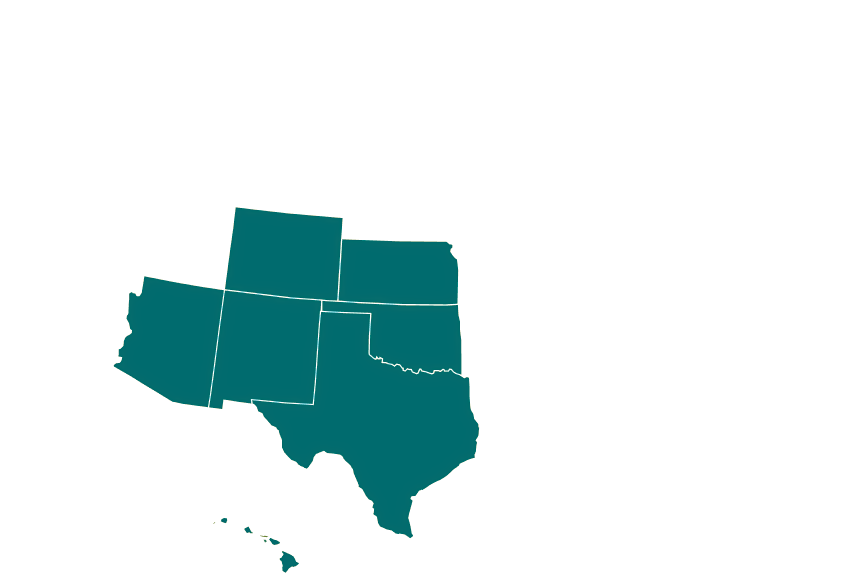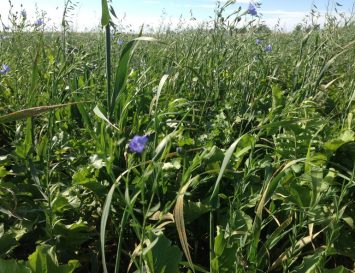Premium Dryland Pasture Mix
$5.50
Our Premium Dryland Pasture Mix is a blend of high yielding, high-quality forage grasses and grazing alfalfa for top performance on dryland. It provides extremely drought hardy and long-lasting production for pasture or haying in the challenging conditions of western states.
Seeding Rate: 10-12 lbs/acre
| Package | 50 lb bag |
Need some help? Contact us.
Mix Ratios
Mix Ratios
| Intermediate Wheatgrass | 30% | |
|---|---|---|
| Pubescent Wheatgrass | 30% | |
| Creeping Alfalfa | 15% | |
| Slender Wheatgrass | 10% | |
| Western Wheatgrass | 15% |
Product Guide
Planting
- Planting Time:
- Early Spring: After hard freezing conditions have ended.
- Late Summer/Early Fall: Allow 4-6 weeks of growth before the first killing frost
- Dormant: Mid to late fall when temperatures are cold enough that seed will not germinate until the following spring. Soil temperature of 50 degrees or less.
- Seeding Rate: 10-12 lbs/acre
- Ideal Seed Depth: ¼” – ½”
- Seed should be drilled into a firm seedbed or broadcasted and packed
Fertility
- If soil fertility levels are low, consider applying 25-50 lbs/acre of nitrogen when the crop reaches late-tillering to enhance establishment and first-year growth.
- If reduced crop growth is experienced after continuous grazing and/or harvesting, consider applying fertilizer or manure with rates based on expected yield goals and soil fertility levels.
- 1 ton of pasture forage requires approximately 45 lbs of N, 15 lbs of P2O5, 50 lbs of K2O, and 5 lbs of S.
Weed Control
- Plant into a clean, weed-free seedbed.
- If weeds are present at planting, consider applying glyphosate before or after planting if drilled, but before crop emergence to
control existing weeds. Do not apply glyphosate after planting if crop is broadcasted and not incorporated. - If heavy weed pressure is present after crop emergence, mow weeds to the height of the crop until the weed pressure subsides.
*Always read and follow label instructions before application.
Disclaimer: All products and rates were provided by university-based sources and product labels. Always follow label instructions and consult your local chemical dealer and seed dealer before making any applications or planting of seed.
Management
- Nurse Crops: Spring seeded grass can be planted with a small grain nurse crop such as oats, barley, or spring triticale. Nurse crops are not necessary and may take moisture away from grass seedlings in dry conditions.
- Nurse crops have little benefit to late summer/early fall seedings and are not recommended.
- Cutting newly seeded grass after about 60-75 days of growth will help control weeds and stimulate grasses to tiller, which thickens the stand.
- New pasture seedings should not be grazed much during the first year to allow grasses to establish. Grazing too early can result in livestock pulling up grass by the roots.
- Grass plantings are a long-term project that may take several years to fully establish, especially in dryland conditions.
Multiple Regions
Every acre is different and our goal is to help you know what works best in your area. This 'Growing Regions' section showcases where this species works best. If you have any questions on product placement, feel free to contact our experts and we will help!












